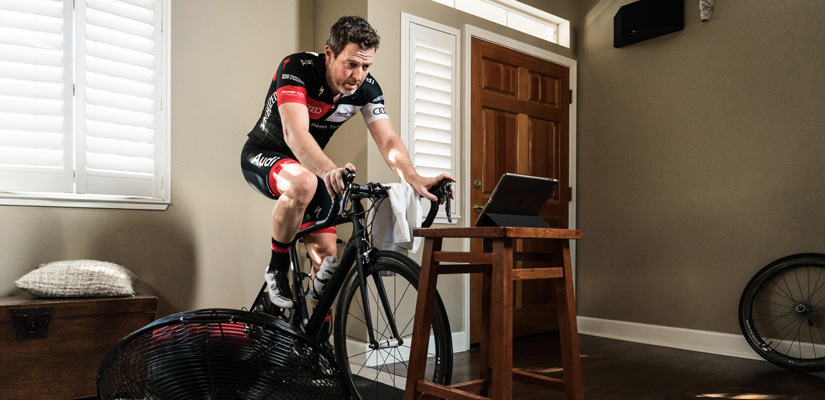How Do I Know If My FTP is Appropriate for My Training?

Answer: If your workouts are challenging but doable, that’s one of the biggest indications you properly estimated your FTP. When your workouts don’t feel like this, it’s time to make some changes.
When you first start your structured training with TrainerRoad, your first workout is a Functional Threshold Power (FTP) test. The results of your test will give you the best possible estimate of your FTP which is used to determine the appropriate intensity level of all your future workouts.
Without an appropriate estimate of your FTP, your workouts will not be optimized. They will either feel too easy or too difficult — striking the right balance is key. To know if your FTP is appropriate for your training, ask yourself the following questions:
Am I able to successfully complete the majority of my workouts?
If your answer is yes, there’s a good chance you’ve appropriately estimated your FTP. Here’s the catch though: completing a workout without failure doesn’t automatically assume you’re working with the best possible estimate of your FTP. If you’re completing workouts, but they do not feel challenging in the least, it’s a good time to question your current FTP. Your workouts shouldn’t leave you feeling shattered, but they should leave you feeling properly worked.
Recommended Resource
Is My FTP Too Low? 3 Signs to Know If You’ve Tested Accurately
Does every workout feel like a struggle?
There are workouts that are meant to be more challenging than others, but if nearly all of your workouts feel impossible to finish, that’s a good indicator your current FTP is not appropriate for training. Your structured interval workouts are meant to push your limits, but a properly designed workout done with an appropriately estimated FTP shouldn’t be impossible.
With TrainerRoad, you should never find yourself having to quit a workout. The sound, scientific principles we use to create our workouts and the fact that every workout is scaled to your personal fitness level makes each interval within reach.
Recommended Resource
How could I find myself with an inappropriate FTP?
If you’ve determined your estimated FTP is likely either too low or high, take a look at where you pulled your FTP from. Some of the most common ways athletes find themselves training with a less-than-optimal estimate of their FTP are:
- They’re using the FTP they derived from an FTP test performed outdoors.
- They’re using an FTP from a poorly performed FTP test.
- They didn’t take a test and instead inputted a guessed estimate of their FTP during the onboarding process when getting started with TrainerRoad.
- They took more than a week off from training and didn’t adjust their FTP upon returning.
- They were sick and/or injured and didn’t adjust their FTP upon returning to training.
There are some trends you’ll spot with the above scenarios. If your circumstances have changed and/or you’re using an FTP for your indoor training that was derived from a testing format that is not consistent with your current indoor training set up, you’re likely going to find yourself with an inappropriate FTP.
When it comes to finding your optimal estimated FTP for indoor training, consistency with regards to testing is critical. Each time you test your FTP, especially the first time, all variables, including your environment (e.g., training setup) and source of power, should be the same. If anything changes, you should retest.
Recommended Resource
For more answers to your cycling training questions, listen to our podcast Ask a Cycling Coach — the only podcast dedicated to making you a faster cyclist. New episodes are released weekly. Yes, we know that’s addiction territory 😉